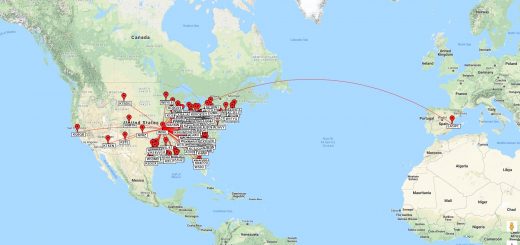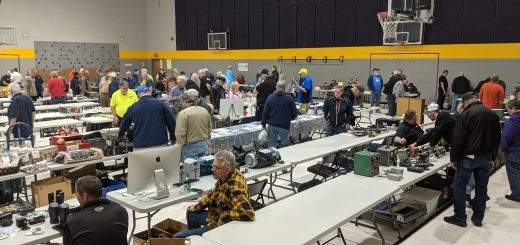Net Etiquette
- Version [version]
- Download 3
- File Size 12.00 KB
- File Count 1
- Create Date March 4, 2015
- Last Updated March 6, 2018
Net Etiquette
Repeater Etiquette - Best Operating Practices
LISTEN, LISTEN, LISTEN
Before transmitting on the repeaters, listen to what is happening. If you do this on a regular basis, you'll get to know how the machines normally operate - and you'll be able to adapt your operating to unusual conditions such as emergencies.
Announce Your Presence
You may wish to announce you are monitoring the repeater. You should say your call sign and say you are "monitoring" or "listening". It is helpful to say which repeater you are on. Those that are in scan mode may not know what repeater you are on but if you say it, they will then know. Those that are mobile should say they are mobile.
Using Q-signals and 10-Codes
Avoid the use of Q-signals and 10-codes. Just speak normally like you would on a cell or land-line phone.
Use Normal Voice
Microphones are designed, for the most part, to suppress ambient noises. Their sensitivity is reduced. This requires that you talk closely to the Mic. A good starting point is 1 or 2 inches away. Consider speaking across the Mic at a right angle to suppress breath noises. Then speak in a natural voice. Raising your voice can cause distortion with over deviation. This makes the audio less intelligible.
When to ID
The FCC requires that you identify with your call sign at the END of your transmissions. That is to say that it is at the end of your communication in total - not the end of EVERY transmission. Avoid the overuse of your call sign. It isn't needed. If you have a QSO that lasts 10 minutes or over, then you are required to ID at 10 minute intervals. When you are finally finished give your FCC ID. It is also considered good practice to ID at the very beginning of your transmission as well.
Addressing Another Party
It is customary to call another party by saying THEIR call sign first, followed by YOUR call sign. When you address someone in person, you would normally say their name first, then maybe your name. When ending a QSO, you would say THEIR call sign, and then YOUR call sign and note if you are "clear", "monitoring", "listening" or "closing station".
Keep It Short
Keep your transmissions short and thoughtful. Monologues may prevent someone with an emergency from using the repeater. If you time-out a repeater, typically 3 minutes (this varies) the repeater will stop transmitting for the duration of your transmission tying it up including emergency use.
When To Talk
When a station finishes talking (un-keys), the repeater waits a fraction of a second then transmits a courtesy tone "beep". This delay is intentional to allow time for a station with an emergency to break in. Once you hear the "beep", the repeater's timer is reset. That is your signal to talk (key-up). If you do not wait for the courtesy tone, the repeater can eventually time out. This could prevent someone with an emergency from accessing the machine.
Interrupting an ongoing QSO
If you wish to interrupt an ongoing QSO, the accepted way to do this is to just say your call sign, and ONLY your call sign, and wait to be recognized by others in the QSO. This would normally be done during the squelch tail of the repeater after someone has stopped talking and before the courtesy tone beep. Once you are recognized, proceed with your communications. If you are not recognized, wait for another break in transmissions and repeat your call sign. What to avoid is jumping in with a transmission without giving your ID. Even if you ID and then say anything else without being recognized first - it is considered to be poor operating practice. Additionally, you should only jump into a QSO if you have appropriate information to add to the subject being discussed.
Using the word "Break"
The only times this should be used is if you have a PRIORITY message, or you have an EMERGENCY. Never use it to interrupt an ongoing QSO for any other reason.
Priority Traffic
If you have Priority Traffic, then say "Break". Once recognized, proceed with your traffic.
Emergencies
If you have an emergency, then say "Break", "Break", "Emergency". You should be given immediate use of the repeater.
Public Service Events - How to ID
Most often, these events use a tactical call sign such as "Alpha 1" or maybe "Aid Station 1" to name a couple. This tactical call sign is used to alert Net Control of the AREA that is making a call. But this does not eliminate the need for a proper FCC ID. The tactical call sign identifies WHERE you are but does not satisfy the FCC requirement to identify WHO you are. Conduct your transmission with Net Control using the tactical call sign, but end your transmission with YOUR FCC call sign. This keeps you in compliance with FCC regulations AND lets Net Control know that you are finished with your transmission. That is very important since Net Control is busy responding to many transmissions and the activities they may require.


